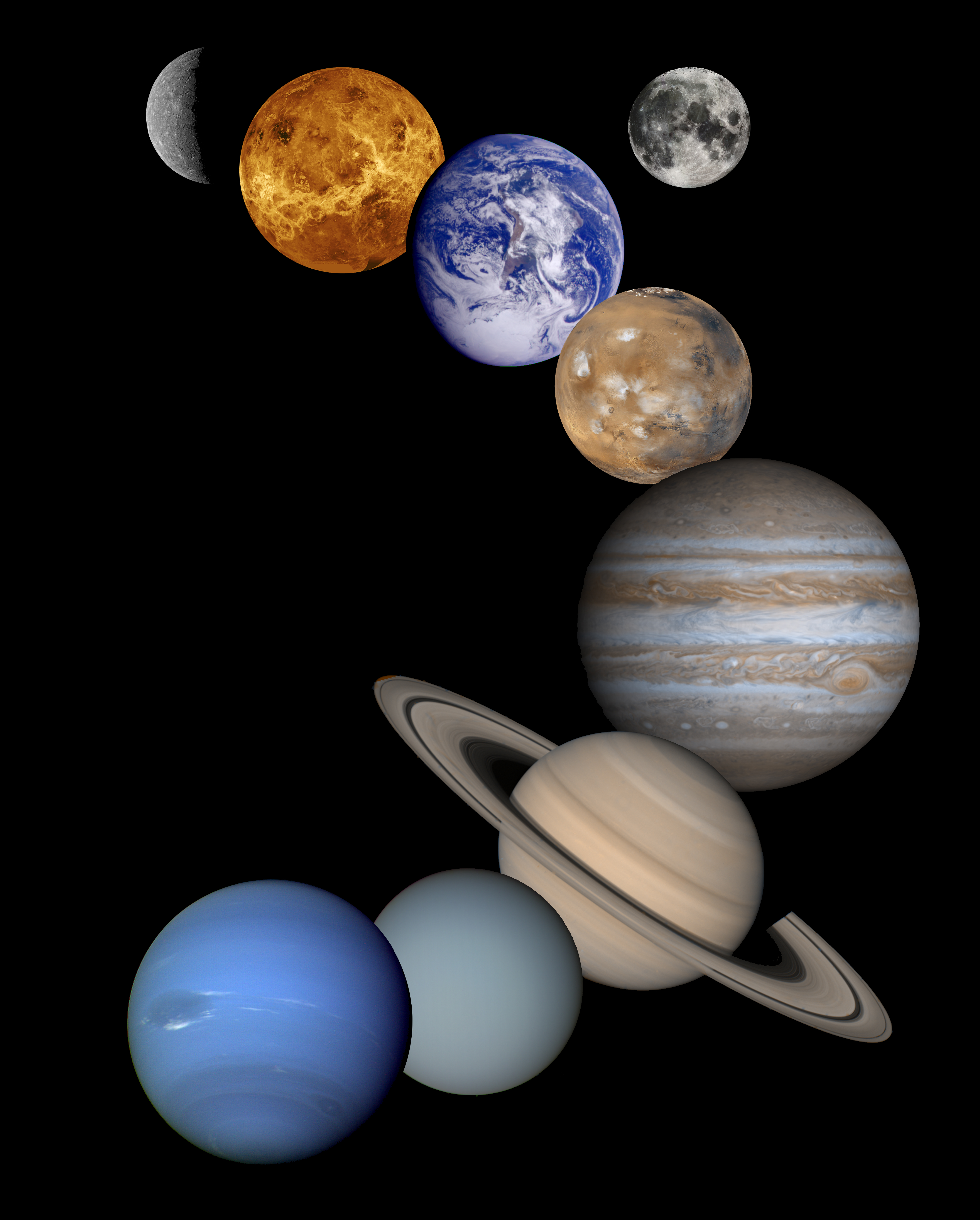


Image via Wikipedia
The specifications of the new evidence of habitable planets (European)Astronomers issued Monday restricts the universal evidence of planets and satellites appropriate for a life of it.The scientists form of this table-mail on the Internet to fathom the worlds growing number of researchers monitored by modern space telescopes.They believe that this database will help astronomers and others interested in comparing the remote worlds and control of the fittest to live during their discovery of it.It is noteworthy that during the recent decades may monitor and make sure there are more than 700 planets outside our solar system are still thousands more waiting for confirmation from missions such as Kepler space telescope of the National Commission for Management Research Aeronautics and Space Administration (NASA).It is worth mentioning that this table is classified in essentially the validity of the planets and satellites to live according to three criteria: the degree of similarity and the surface temperature of the Earth and its ability to absorb the organisms at the bottom of the food chain.He said a specialist in the field at the University of Puerto Rico at Arecibo One of the important results of these classifications is the ability to compare the outer planets in terms of best and worst of life.The table refers to the presence of a small percentage of the worlds alien-friendly life does not exceed the 15 planets or more satellites and thirty one of hundreds of candidate likely to be uninhabitable.And puts the table in front of habitable planets habitable planets confirming the first (de Gleza 581), which is one of many planets orbiting the nearest stars to Earth, a cool red dwarf located about twenty light-years away in the constellation Libra. And is about six times the size of Earth.The second planet (HD 85512 B) and revolves in the orbit of a star located about 36 light-years from the constellation Villa is three times heavier than our planet. Most of the planets discovered by astronomers planets are gas giants like Jupiter revolve in orbits around nearby stars.The database includes information on the places of the planets and the mass of potential and the type and age of the stars that revolve in their orbits.Scientists hope that this database will help in increasing interest in building a telescope based in space to observe directly the outer planets and the search for possible evidence of life on them.
Source: Guardian
The specifications of the new evidence of habitable planets (European)Astronomers issued Monday restricts the universal evidence of planets and satellites appropriate for a life of it.The scientists form of this table-mail on the Internet to fathom the worlds growing number of researchers monitored by modern space telescopes.They believe that this database will help astronomers and others interested in comparing the remote worlds and control of the fittest to live during their discovery of it.It is noteworthy that during the recent decades may monitor and make sure there are more than 700 planets outside our solar system are still thousands more waiting for confirmation from missions such as Kepler space telescope of the National Commission for Management Research Aeronautics and Space Administration (NASA).It is worth mentioning that this table is classified in essentially the validity of the planets and satellites to live according to three criteria: the degree of similarity and the surface temperature of the Earth and its ability to absorb the organisms at the bottom of the food chain.He said a specialist in the field at the University of Puerto Rico at Arecibo One of the important results of these classifications is the ability to compare the outer planets in terms of best and worst of life.The table refers to the presence of a small percentage of the worlds alien-friendly life does not exceed the 15 planets or more satellites and thirty one of hundreds of candidate likely to be uninhabitable.And puts the table in front of habitable planets habitable planets confirming the first (de Gleza 581), which is one of many planets orbiting the nearest stars to Earth, a cool red dwarf located about twenty light-years away in the constellation Libra. And is about six times the size of Earth.The second planet (HD 85512 B) and revolves in the orbit of a star located about 36 light-years from the constellation Villa is three times heavier than our planet. Most of the planets discovered by astronomers planets are gas giants like Jupiter revolve in orbits around nearby stars.The database includes information on the places of the planets and the mass of potential and the type and age of the stars that revolve in their orbits.Scientists hope that this database will help in increasing interest in building a telescope based in space to observe directly the outer planets and the search for possible evidence of life on them.
Source: Guardian




No comments:
Post a Comment